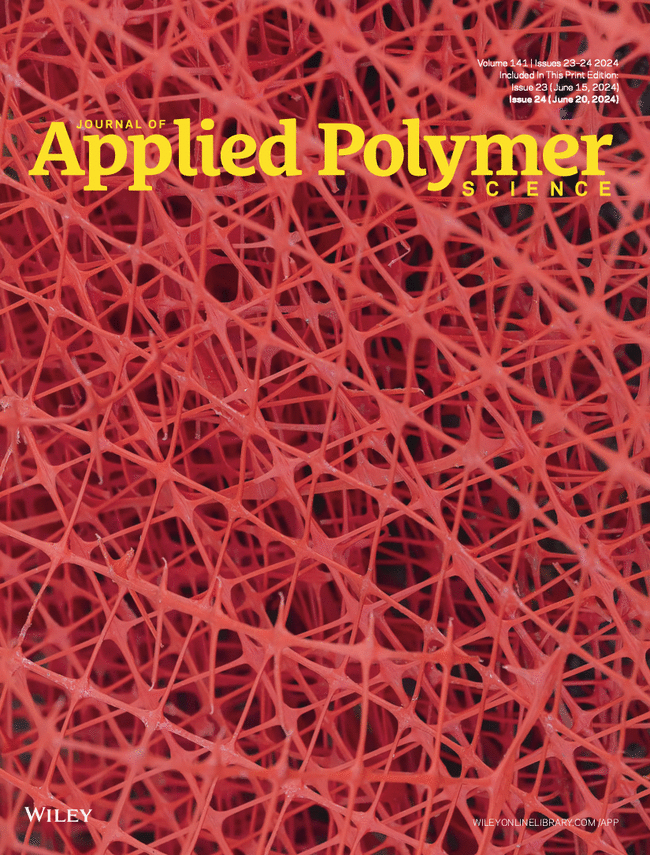Mechanism of Phosphorus-Silicone Synergistic Flame Retardant in Polyester: Enhancing Flame Retardant Performance Through Synergistic Flame Retardant Processes in Gas Phase and Condensed Phase
Abstract
The preparation of flame retardant and anti-dripping polyethylene terephthalate (PET) through phosphorus-silicone elements synergies is a common modification method. For different phosphorus flame retardant agents, there are also different synergistic mechanisms with silicone. In this work, the silicone flame retardant agent was added to diethyl phosphite modified flame retardant polyester (PET-ZDP), polyphosphate modified flame retardant polyester (PET-PPE), and (2-carboxyethyl)phenylphosphinic acid modified flame retardant copolymer polyester (FRPET). The results show that PET-PPE and FRPET are mainly gas phase flame retardant, and PET-ZDP has condensed phase flame retardant on the basis of gas phase flame retardant. There is a synergistic effect formed from silicone and PET-ZDP during the condensed phase flame retardant effect with dense and more graphitized residual carbon formed. The LOI of PET-ZDP has been increased from 30.6% to 32.6% and has a UL 94 rating of V-0. Through the study of the phosphorus-silicon flame retardant mechanism, new insights into the synergistic effect of silicone flame retardant agent with different phosphorus flame retardant agents have been put forward, which provides theoretical support for the development of industrial flame retardant and anti-dripping PET.


 求助内容:
求助内容: 应助结果提醒方式:
应助结果提醒方式:


